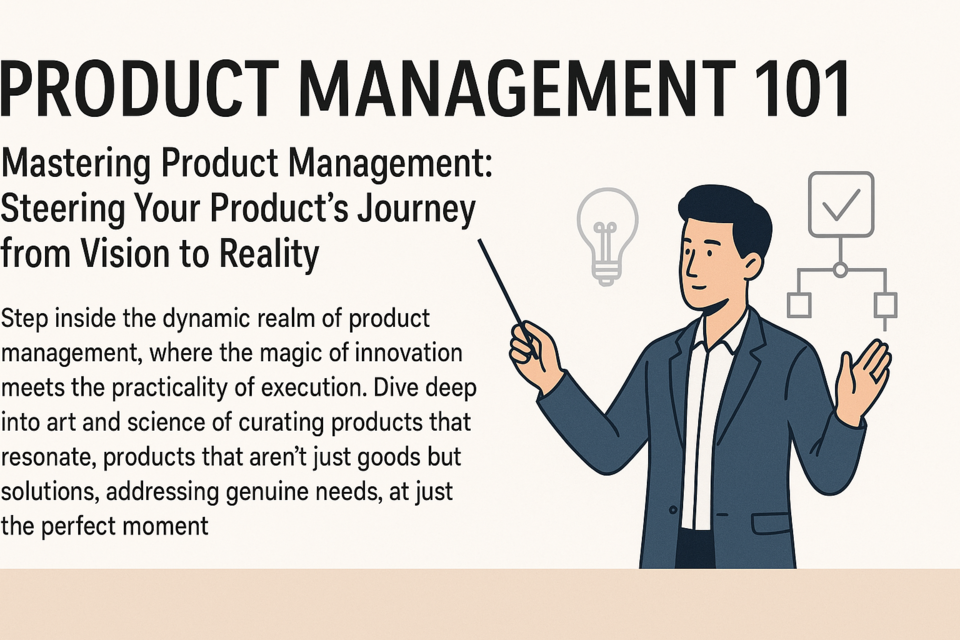There are two rules you should utilize when dealing with people: the Golden Rule and the Platinum Rule. While the Golden Rule is always a good principle to keep in mind when dealing with everyone, let alone customers, the Platinum Rule is even better.
Here's the Platinum Rule: "Do unto others as they would like to have done unto them."
The big difference is, of course, that you should not concentrate on what you think customers might like and treat them accordingly, but go to the trouble of finding out what the customer wants and giving it to them.
Here are a few simple reasons why great customer service is so important:
-
Customers are happy to spend 10 percent to 12 percent more for the same product that carries better service.
-
A happy customer will spread the word to between seven and 18 people when he or she receives good service.
-
That same customer will pass the word about poor service to 20 people or more. (For example, I received some very poor service from a well-known restaurant recently. As an exercise for this article, I made a note of the number of people I have passed my comments to: 33.)
The relationships you build with your customers do not need to take a long time. Essentially they need take only a moment or two. Necessity often dictates that is all the time you have. How well you communicate with your customers and whether you treat them efficiently and courteously make up the essence of superior customer service.
After all, what does a smile cost? If you can address a customer by name, that is superb. Stop to think how you felt the last time you attended a shop or restaurant and the server smiled and addressed you by name?
The Evolution of Customer Service
While this level of service was acceptable at one time, it certainly has not been for many years. Business principles such as Total Quality Management, market share, and other concepts have made a difference, with one thing in particular influencing the push toward better customer service and higher expectations in the service industry: the Web.
When the Internet first enabled 24/7 access, customers responded with much higher expectations for answers to their questions and general information. The ability to initiate transactions on a timeline dictated by customers was a big plus. Our Internet search capabilities have made gathering information much easier, and we can conduct it largely on our own terms. Additionally, the great number and variety of mobile devices fuel most consumers' expectations for quicker and easier access to both information and services. To a large extent we are living in an era of anywhere, anytime service.
Several factors have made it increasingly difficult for companies to secure customer loyalty: Customers demand excellent service and assign value to companies that give it to them. Customers' experiences have subsequently emerged as critical factors in companies first gaining and then maintaining a competitive advantage against their competitors. The days when companies could afford to care little about their customers have long gone. Those who ignore this dynamic will very quickly find themselves lagging behind competitors or going broke.
TQM refers to a set of management practices implemented throughout an organization and geared to ensure the organization consistently met or exceeded customer requirements; i.e., enhancing the customer experience by delivering quality products. The idea is that the company or individual could gain the edge over competitors by adhering to optimal production processes, conforming to standards, and empowering staff to report any defect in production or service.
The concept, introduced by W. Edwards Deming, was practiced first in Japanese industry in the 1950s. It started to become steadily more popular in the West around the early 1980s. "Total quality" describes the culture, attitude, and organization by which a company operates to provide customers with products and services that more than satisfy their needs. This culture requires a dedication to quality in all parts of a company's operations, with defects and waste being removed and tasks being done right the first time around.
For instance, if customers perceive that they have received poor treatment, that is their reality. It may not have been the intention of the person serving or helping them to be of little or no help, but that is the impression left with the customer.
Impressions of your service will depend totally on customers' memories of certain moments: those little encounters they experienced with you or your company. Are your customers' memories of you favorable? Are those little happenings negative or positive?
Think of the perceptions you created in your customers' minds in the past and learn from them, good or bad!
Do you remember when e-mail first started to be used routinely? It quickly became just as regular a means of communication as postal mail, the phone, and the fax machine. It was not long before e-mail was regarded as the most common and efficient way of communicating.
When did the concept of developing deeper relationships with customers really start to heat up? Technology advanced in leaps and bounds, forcing companies to take a long, hard look at their customer communication skills. Countless numbers of magazine articles and books on the topic came out.
The trick, then and now, is to view every customer's "touch point" as a chance to start dialogue and generate customer loyalty.
Do not view a sale as just another transaction. That is extremely short-sighted and will certainly neither help you acquire or maintain customer loyalty. Keep in mind that acquiring a new customer costs approximately five times more than keeping a current one. The message here, of course, is to increase efforts to retain the ones you have.





























